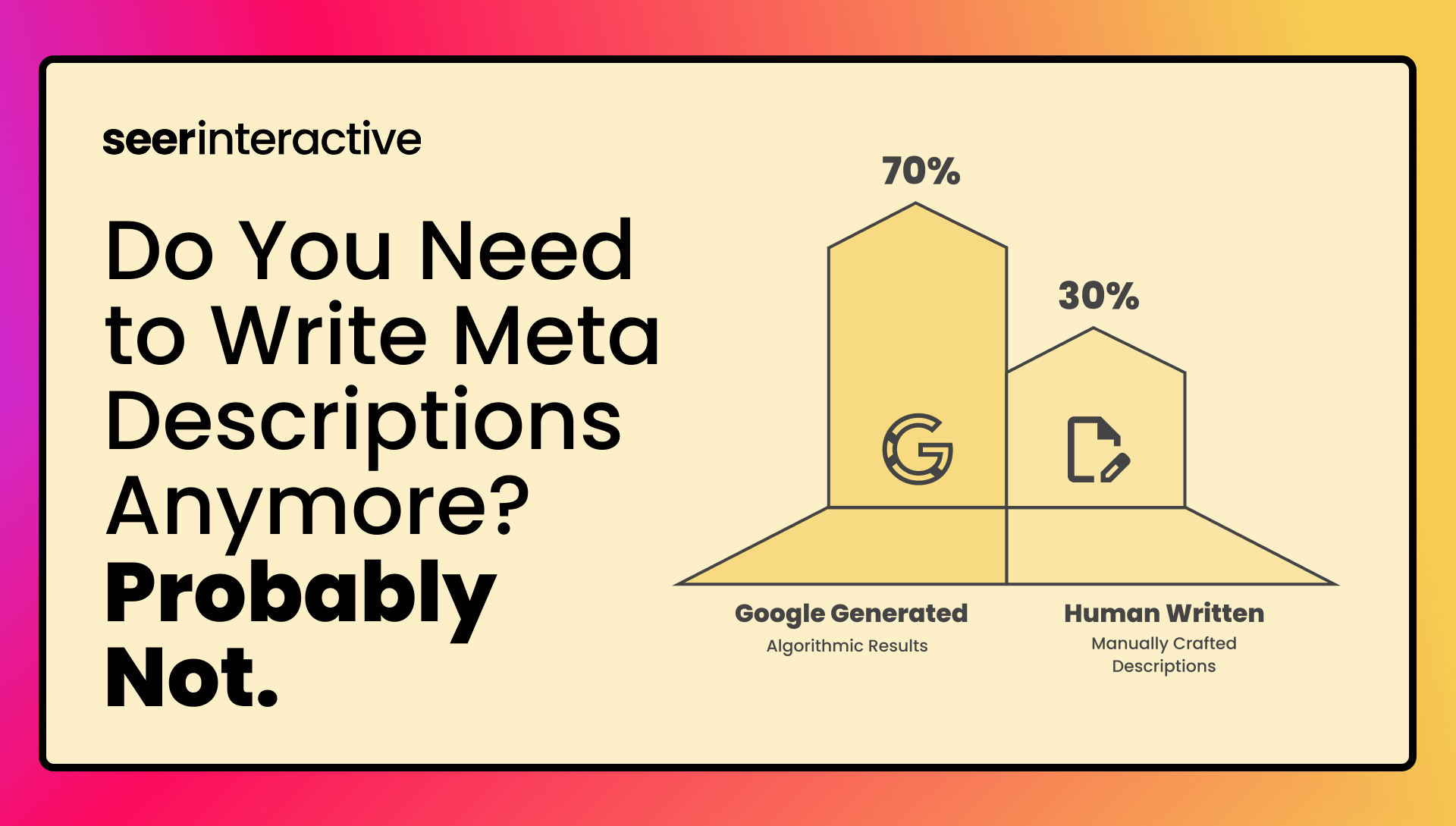Internal links provide users with a clear path to find the information they need on your site.
Discover our comprehensive guide to internal linking for 2022, including:
- What are Internal Links?
- Internal Links vs External Links vs Backlink
- Why Should I Care About Internal Links?
- Considerations for an Internal Linking Strategy
- Auditing a Site’s Internal Linking
- How to Find Internal Linking Opportunities
- Internal Linking is Critical for SEO
What are Internal Links?
When you’re about to take the subway in a new city, one of your first moves is to look at the system’s map to understand the different lines and which ones stop where.
Once you get on the subway, you are taken to different stops along your journey until you have reached your final destination.
💡 Your experience navigating the subway isn’t all that different from a search engine bot’s experience navigating a website. 💡
Search engine bots use internal links like subway lines to navigate a website and move from one page to another discovering site content.
In the ideal site structure, there would be an internal linking path to all pages in the website, so the search engine bots can discover, crawl, and index its content.

Internal Links vs External Links vs Backlinks
- When we think about internal links, they are pointing visitors and search engine bots from one page on the site to another page on the same site.
- Whereas, external links (also known as outbound links) are embedded links that lead visitors and bots to another website.
- To the destination site from the external link, this incoming link is referred to as a backlink.
So if Site A has a link pointing to Site B, Site A considers that link an “external link” and Site B would consider that link a “backlink.”

Why Should I Care About Internal Links?
An internal linking strategy is an important aspect of an SEO and User Experience (UX) strategy. From an SEO perspective, internal links help to ensure that search engines are able to find, crawl, and index content.
And, looking at it from a UX perspective, a good internal linking strategy helps users navigate through the website.
Helps With Indexation
Pages with no internal links pointing to them are referred to as “orphan pages.” Without internal links pointing to this content, how is a person or a search engine bot supposed to be able to find it?

Provides Contextual Relevance
In addition to helping people and search engines navigate a website, internal links help both parties understand what the next page on the site is about before actually traveling through the internal link.
Sites are able to communicate this through descriptive anchor text. Anchor text is the word or phrase hyperlinked with the internal link.
💡 An example out in the wild 💡
Looking at Seer’s blog post We Tested Pure Broad Match Keywords & Here's What We Found, there is an internal link pointing from this page to the Wasteful Wednesday Archives.
The anchor text in the screenshot below is the “triggering some irrelevant queries” and what a site visitor sees.

On the back end, this is what it looks like to a search engine bot:
<a href="/insights/tag/wasteful-wednesday">triggering some irrelevant queries</a>
And the text between the open a href tag and the closing tag is the anchor text.
Whether it is a searcher or a bot navigating to this blog post, once they find the anchor text for this internal link they’ll understand that the next page they’re visiting is related to triggering irrelevant queries for paid search.
Encourages People to Navigate
As marketers, we are constantly referring to the audience journey and what phase our target audience isin. Internal links can be used to help keep visitors on the same site as they move to later stages in their journey.
For example, let’s take a look at Jane. Jane is redecorating her living room and on the hunt for a new love seat.
She wants the love seat to match the antique couch she inherited from her great aunt, but she has no idea what that style even is - so she goes to Google.
She searches “what type of sofa do i have” and after looking through some search results she finds a sofa type guide from Wayfair.

She uses the visuals in the guide to identify that she owns a Chesterfield sofa!

While she reads the description for Chesterfield Sofas, she sees that she can shop this sofa type directly on Wayfair’s website. She clicks the internal link and heads to their Chesterfield Sofa product category page.

On the product category page she browses her options to see if there are any Loveseats that match her couch.

When she finds one she likes, she clicks on the internal link in the product image to go directly to the product page.

Unfortunately for Jane, the Loveseat style and color combo she liked was out of stock, but with additional internal links under the “Try These Instead” section she’s able to explore additional options through Wayfair and potentially make a purchase.
If Wayfair didn’t include internal links in the original guide Jane was using as a resource, they may have never made it into her consideration set as a place for her to buy her loveseat - potentially giving out free information for Jane to complete her transaction on a competitor’s website.
Internal Linking Strategy Considerations
Every website is going to need a unique internal linking strategy. With that in mind, the following are considerations for crafting an internal linking strategy.
- Only include internal links that make sense
- Prioritize orphaned and low-linked pages in your internal linking strategy
- Embed Internal Linking Into Your Content Production Process
1) Include Internal Links that Make Sense
Don’t create internal links for the sake of creating internal links. Too many internal links can be confusing for search engines and create a less than ideal user experience.
Rather than fixating on the hard number of internal links pointing to a given page, focus on ensuring that the internal links pointing to a page make sense from a contextual and user experience perspective.
2) Prioritize Orphaned and Low-Linked Pages
Pages with low or no internal links pointing to them are at a higher risk of not being seen by target audiences or by search engine bots.
3) Embed Internal Linking Into Your Content Production Process
Start to think of internal linking as part of your SEO content strategy to ensure that new pieces of content are going live with internal links pointing to them.. This can help search engines and people more easily find new pieces of content.
Additionally, by making it part of your SEO content strategy you’ll be able identify relevant links proactively prior to the page going live, rather than retroactively having to make updates and trying to remember what the page was about.
Auditing a Site’s Internal Linking
Taking the time to perform an audit on a site’s internal linking structure, gives you an opportunity to find things like broken internal links and orphaned pages. Screaming Frog is our tool of choice to perform an internal linking audit.
Screaming Frog allows users to see pertinent information like internal link anchor text, directives, links per page, and more.
For step-by-step instructions for how to use Screaming Frog to audit a site’s internal links, please reference Seer’s Screaming Frog Guide.
How to Find Internal Linking Opportunities
A free way to identify internal links is by leveraging search operators in Google. Specifically, we’ll want to use the “site:” operator which restricts search results to only those from a specified site.
Leveraging the “site:” operator we can search for specific words or phrases to find related content to the piece of content we’re optimizing and finding internal linking opportunities for!
For example, to find internal linking opportunities for this post, I'd search site:seerinteractive.com “internal linking” to find existing articles that cover this topic.

Then, I would look at the content on these pages a little more closely and determine the optimal placement of an internal link pointing to this blog post.
Fortunately, finding internal links doesn’t need to be such a manual process and there are ways to do this at scale.
Internal Linking is Critical for SEO
Going back to our subway example, without a well thought out internal linking strategy the map of the subway may as well be the maze at the end of the movie The Shining (and we all know how that ended).



